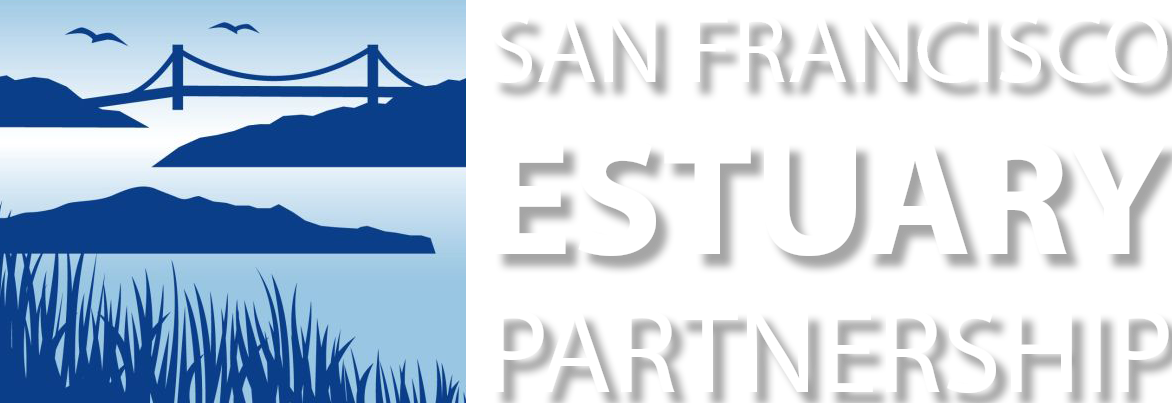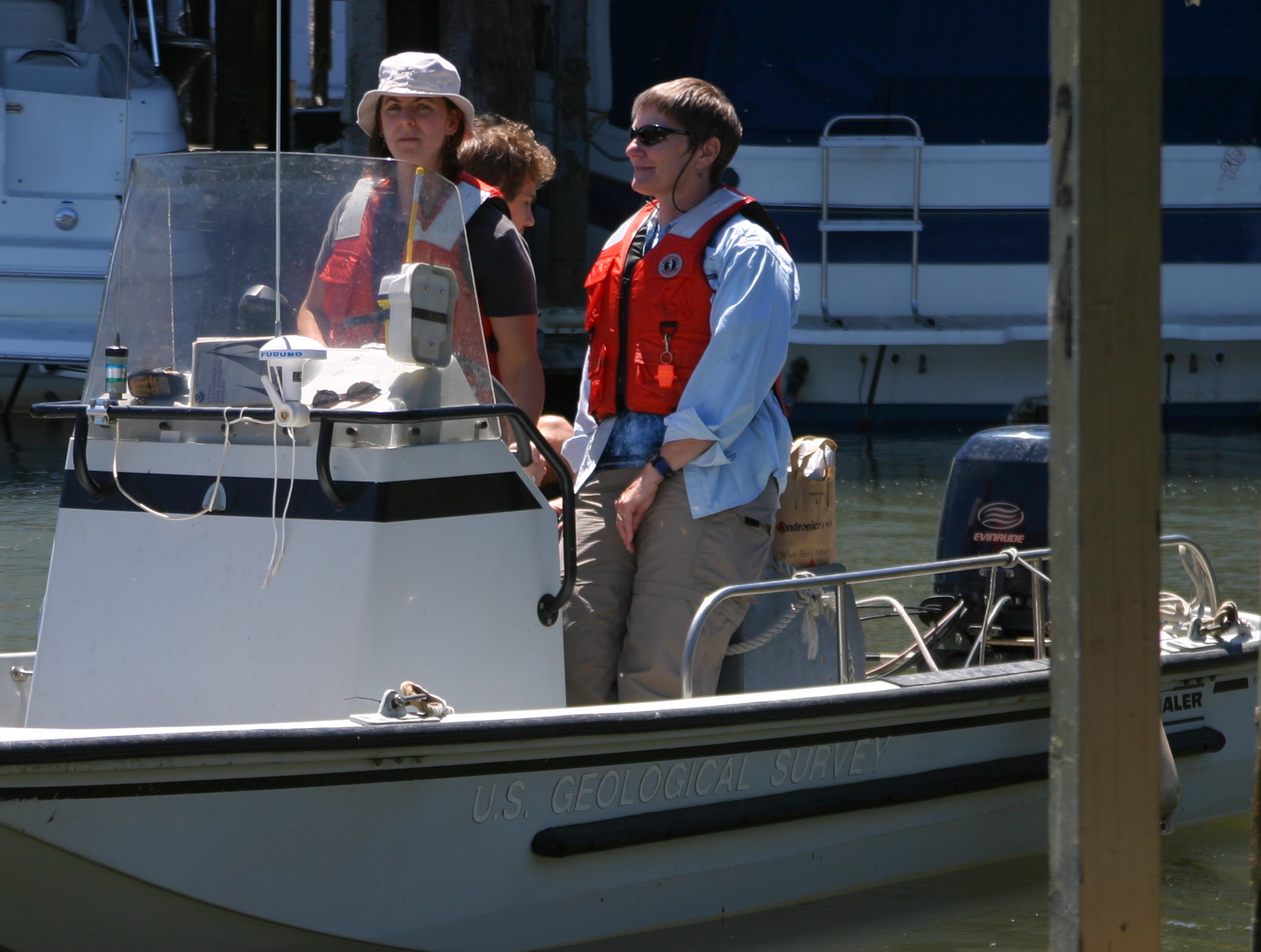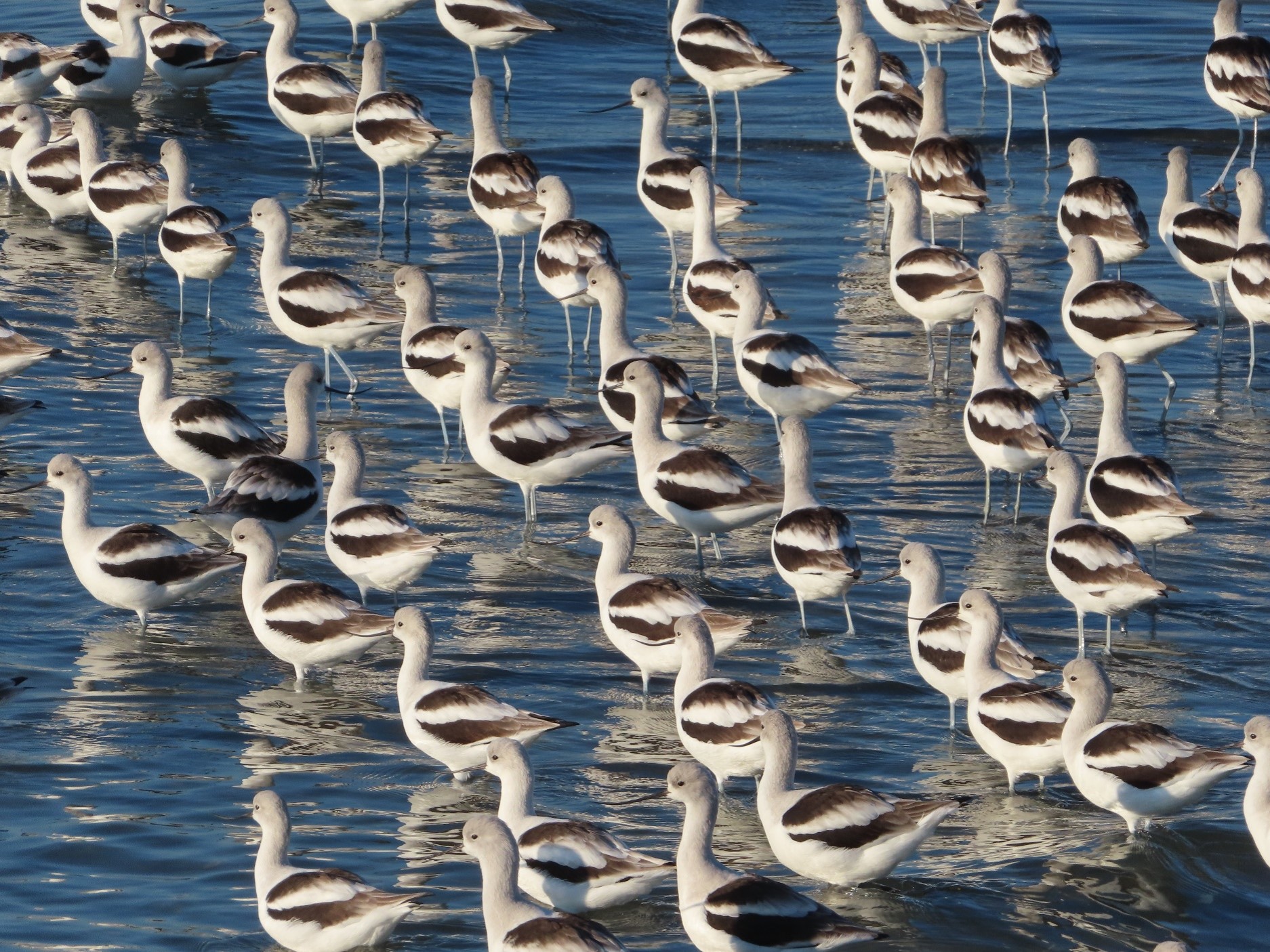The zone of interaction between the critters in the oozes and the water column above—where specks of sediment, nutrients, and fish food cycle through clam siphons into the Estuary—is the particular specialty of this US Geological Survey scientist. “I’m most proud of the research I’ve done establishing a solid connection between bivalve grazing and phytoplankton growth,” she says. When USGS first hired Thompson, who retired in October 2019, most women in the Menlo Park office were secretaries. She’s since trained dozens of female and minority scientists, and also received the Survey’s first ever diversity award. “I learned a lot from hiring a bunch of kids who weren’t like me,” says Thompson, who describes herself as “middleclass white bread.” As a toddler growing up in Oregon, Thompson couldn’t stay away from a small pond in her backyard. “I liked the fish eggs more than the fish, because I could grab hold of them,” she recalls. “Water is the best place in the world,” she adds wistfully, describing her early work in Oregon’s Tillamook Bay and at Stanford University, where she favored research on estuaries. “They were accessible,” she explains. “I never wanted to be dependent on an oceanographic ship for my work and I get seasick.” Most recently, Thompson has been working to better match what she and her colleagues have learned from decades of field studies on the dynamic processes shaping the Bay food web with her agency’s increasing focus on computer modeling. The main challenge of developing interdisciplinary models is scale, she says: “We have a long way to go matching time and spatial scales in physics and ecology.” Mixing skill sets has always been one of Thompson’s strengths. “I couldn’t have done any of the things I’ve done if I’d stayed in my silo,” she says. “They could hire five of me right now and there’d be plenty to do.” But USGS is not hiring anyone to carry this torch.









 The results are alarming for our state’s future: an estimated four to five feet of sea level rise and loss of one to two-thirds of Southern California beaches by 2100, a 50 percent increase in wildfires over 25,000 acres, stronger and longer heat waves, and infrastructure like airports, wastewater treatment plants, rail and roadways increasingly likely to suffer flooding.
The results are alarming for our state’s future: an estimated four to five feet of sea level rise and loss of one to two-thirds of Southern California beaches by 2100, a 50 percent increase in wildfires over 25,000 acres, stronger and longer heat waves, and infrastructure like airports, wastewater treatment plants, rail and roadways increasingly likely to suffer flooding.